The short answer is no. In fact, MgO Sulfate Board is considered one of the best high-performance building materials for coastal environments.

Unlike its predecessor (Magnesium Chloride board), the Sulfate version is chemically engineered to remain stable and non-reactive even when exposed to salt-laden, humid air.
Here is a detailed breakdown of why it performs so well in coastal areas:
- It is Non-Hygroscopic (Doesn't "Pull" Moisture)
In coastal regions, the air has high relative humidity and contains microscopic salt particles.
- The Problem with Chloride Boards: Traditional MgO boards (Magnesium Chloride) are hygroscopic. They pull moisture and salt from the air, leading to "sweating" and the leaching of corrosive brine.
- The Sulfate Advantage: MgO Sulfate boards do not have this aggressive attraction to moisture. They stay dry even when the humidity is constantly above 80%, preventing the board from becoming a "sponge" for salt air.
- Resistance to Salt-Induced Corrosion
The biggest threat in coastal areas is the accelerated rusting of metal fasteners and structural steel.
- No Free Chlorides: Because the board is "Chloride-Free," it does not introduce additional corrosive elements to the building's metal components.
- Protective Barrier: Because the board itself does not react with the salt in the air, it acts as a stable, fireproof shield for the internal framing of the house.
- Stability Against "Freeze-Thaw" and Heat
Coastal weather often involves rapid changes in temperature and moisture levels.
- Dimensional Stability: MgO Sulfate boards have a very low coefficient of thermal expansion. While wood or PVC siding might warp or buckle in the coastal sun and humid nights, the Sulfate board maintains its shape and keeps the Tongue-and-Groove (T&G) joints tight.
- Immune to Rot and Mold
Salt air and high humidity are breeding grounds for mold and wood rot.
- Inorganic Nature: MgO boards are mineral-based. They do not provide food for mold or mildew. Even if salt spray sits on the surface, the board will not degrade or rot like plywood or some fiber-cement products that contain high amounts of cellulose (paper/wood fiber).
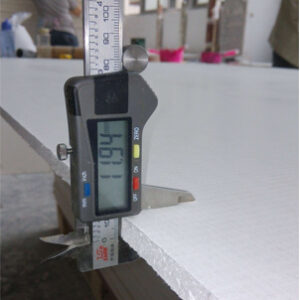
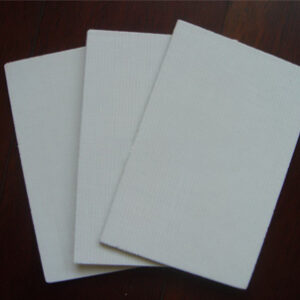

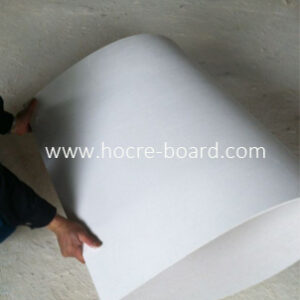
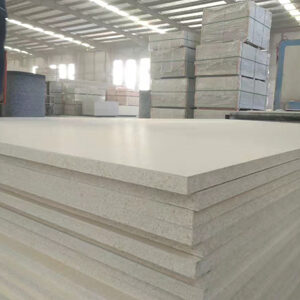
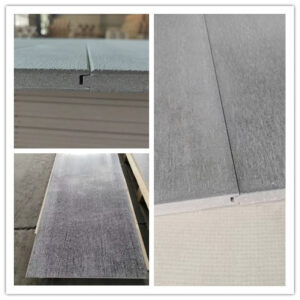
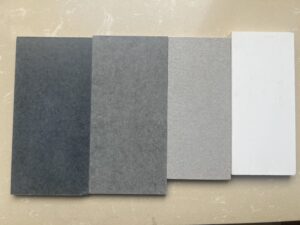 A
A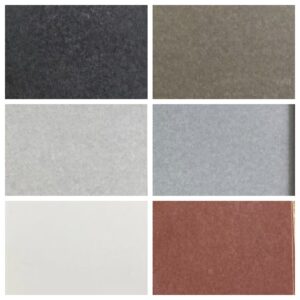
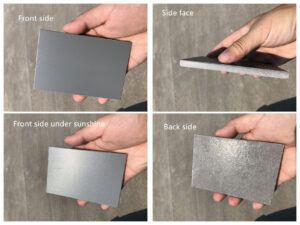
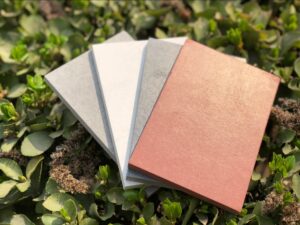
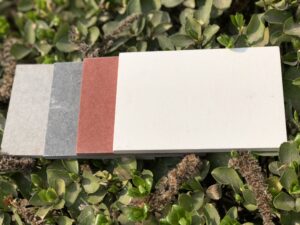 The type of product you are describing is most commonly known as
The type of product you are describing is most commonly known as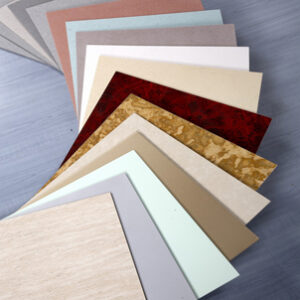
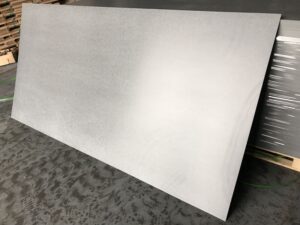 The description "
The description "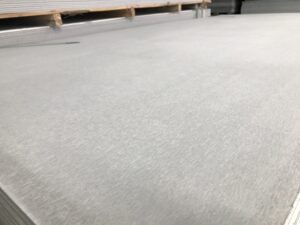 The description "Sanded & slightly rough surface fibre cement board" refers to a specific, highly textural category of architectural cladding favored for its authentic, mineral aesthetic and tactile quality.
The description "Sanded & slightly rough surface fibre cement board" refers to a specific, highly textural category of architectural cladding favored for its authentic, mineral aesthetic and tactile quality.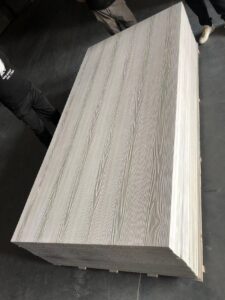 Tongue and groove (T&G) fiber cement plank is an innovative type of fiber cement siding specifically engineered to facilitate easier, quicker, and cleaner installation compared to traditional lap siding.
Tongue and groove (T&G) fiber cement plank is an innovative type of fiber cement siding specifically engineered to facilitate easier, quicker, and cleaner installation compared to traditional lap siding.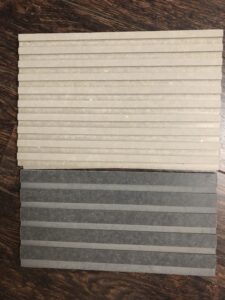 This product combines high performance with sophisticated design, resulting in a facade material that is both durable and visually dynamic.
This product combines high performance with sophisticated design, resulting in a facade material that is both durable and visually dynamic.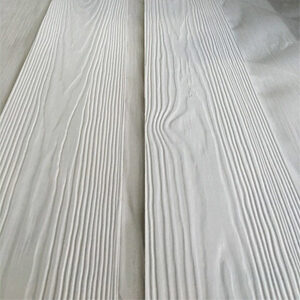
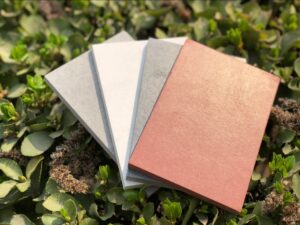
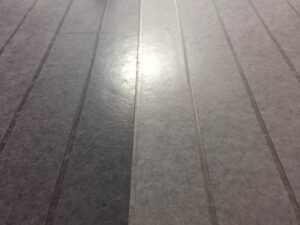

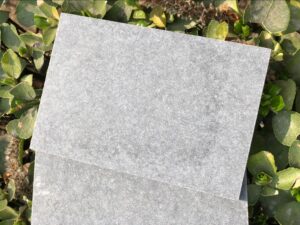 That is a common and frustrating issue with painting any cementitious surface, including
That is a common and frustrating issue with painting any cementitious surface, including 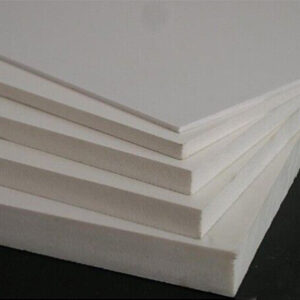 Magnesium Oxide (MGO) board
Magnesium Oxide (MGO) board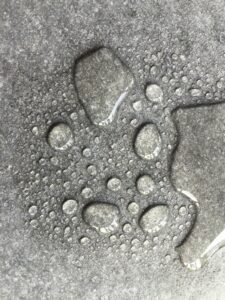 That's an excellent question, as the difference between "moisture-resistant" and "waterproof" is critical when choosing building materials like fiber cement board.
That's an excellent question, as the difference between "moisture-resistant" and "waterproof" is critical when choosing building materials like fiber cement board.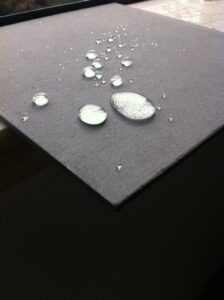
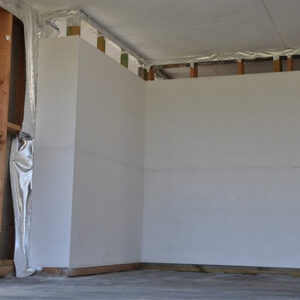 The primary risk associated with "free chlorides" in
The primary risk associated with "free chlorides" in 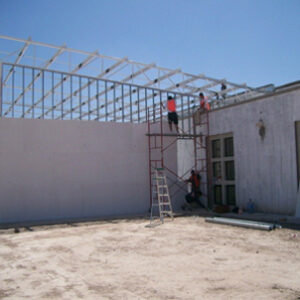 The "weeping" or "sweating" issue is a significant problem primarily associated with older-style
The "weeping" or "sweating" issue is a significant problem primarily associated with older-style 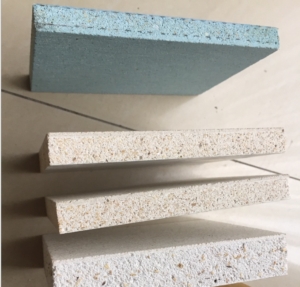 No,
No, 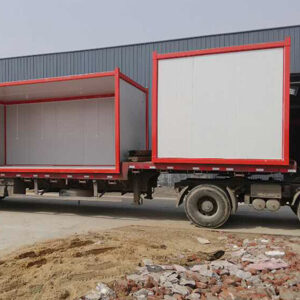
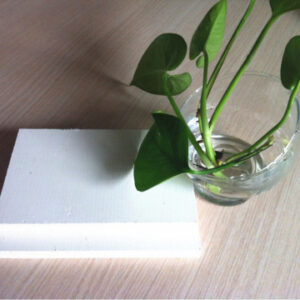 The question of whether
The question of whether